
The Client
A multinational lifestyle retailer with a presence in North America, Europe, and the Middle East, this Philadelphia-based Cprime client is known for its eclectic and customer-centric product selection. The company has repeatedly staved off the sales declines that have affected its competition by targeting a young, dynamic customer base.
In 53 years of operation, the retailer has established over 200 brick-and-mortar retail locations. Its success is built on its ability to understand the marketplace and always give its customers exactly what they crave, interpreting and capitalizing on consumer desires to create demand rather than relying on aggressive marketing.
Challenge: Reducing downtime by eliminating communications bottlenecks
With its large brick-and-mortar retail network and an international workforce of over 26,000 people, the lifestyle retailer struggled to maintain an effective IT service management (ITSM) and internal service desk and support infrastructure.
“The brand’s main challenge was supporting corporate staff and store workers in their physical retail locations,” explains Drew Garvey, Enterprise Solutions Architect at Cprime. “Between rotating shifts and irregular staffing arrangements, it was difficult to contact an employee that had filed a service request for additional feedback or troubleshooting help.”
Communications were the main bottleneck. Support staff struggled to follow up with users on the corporate and retail ends of the business, and users had no clearly defined channels for specific types of issues.
“They lacked a clear reporting method—everything went through a single service funnel. Routing each request to the appropriate support team required a lot of back and forth and unproductive churn,” says Garvey. “They needed to automate and improve their services to limit the downtime caused by delays in getting the right set of eyes on a problem.”
“The experience has been a great example of Cprime as a partner and an enabler—how we collaborate with our partners to give them the tools and soft skills they need to be effective.” — Drew Garvey, Enterprise Solutions Architect, Cprime
Solution: Cprime, an Atlassian ITSM Specialized Partner with a History of Jira Service Management Successes
To stay consistent with its investment in the Atlassian software ecosystem, the lifestyle retailer opted for Jira Service Management (JSM) to address its internal support issues and facilitate integration with its teams and existing infrastructure. The retailer chose Cprime—a long-standing Atlassian Platinum Solutions Partner with ITSM Specialization—to implement the solution and rapidly deliver better service experiences to its employees. ITSM Specialized Partners are exceptional service management professionals with strong roots in IT and service delivery processes, as well as in the deployment of Atlassian products for enterprise-level customers.
“Cprime has over 10 years of experience as an Atlassian Platinum Partner and a recognized reputation for experience in the Atlassian and Jira Service Management spaces,” says Taylor Dellostretto, Cprime Account Executive. “They chose Cprime because we brought expertise and an excellent solution to the table. Our history of success assured them we could deliver efficiently and affordably.”
Cprime’s ongoing relationship with the retailer as the licensing agent and reseller for its existing Atlassian services underscored its suitability for the project.
Establishing incremental requirements and scope of work
The retailer’s requirement was straightforward—work with the company’s main stakeholders to establish and implement support queues starting with its Facilities and Change Management and Approval systems. From there, Cprime was to take on the more complex Corporate and Retail Service Management systems.
“We identified the order and scope of work based on adoption—the number of users affected and the extent of customizations needed,” says Garvey. “Starting with the low-hanging fruit, we progressively adapted to more rigorous requirements and established sanity checks and user acceptance testing. By the time we got to their largest and most complex group—retail, with hundreds of stores and thousands of users—we had established a set of processes and a strong rapport.”
Cprime conducted extensive working sessions with the retailer’s teams to establish baselines and new requirements.
“Once we understood their current support structure, we established baselines to ensure they weren’t losing functionality,” says Garvey. “From there we worked together to leverage the best JSM features out of the box and establish a prioritized customization backlog to help them achieve their core goals.”
Applying expertise to solve complex needs
The Cprime team called upon the full scope of their expertise to provide the lifestyle retailer with a custom IT service management solution tailored to its most complex needs. The resulting system achieves an unprecedented amount of context-specific automation and business intelligence. This provides support personnel with all the information they need to begin work without time-consuming follow-ups.
“The system Cprime built either automatically provides or requires each user to supply detailed information to ensure a higher level of support,” says Dellostretto. “They can’t just send an email saying the network is down. We’re enabling a system that provides them with metrics and the information they need to react quickly to service requests and be forward thinking with asset management and preventative maintenance.”
“Using our customizations and JSM’s asset management capabilities, the system associates each user’s login to the portal with their physical store locations, and individual objects down to each laptop or barcode scanner,” says Garvey. “That’s not something I’ve seen done before.”
“Cprime brought expertise and an excellent solution to the table. Our history of success assured them we could deliver efficiently and affordably.” — Taylor Dellostretto, Account Executive, Cprime
Making the solution mobile
Making the entire support system responsive on mobile devices was another non-negotiable feature Cprime delivered. Retail staff on the sales floor had to be able to report issues without leaving their posts and the support team needed easy access to service queues.
“Mobile was a more seamless, intelligent way for employees to submit requests,” says Garvey, “For service staff reporting to a location in response to a maintenance call, having the service queue in their pocket was a game changer.”
Throughout the process, the Cprime team ensured that the customization and development of the retailer’s Jira Service Management solution was a collaboration rather than a one-sided basic implementation.
“As a partner, Cprime works to meet each customer where they are. We enable our customers to achieve their goals,” says Garvey. “The retailer didn’t want a baseline, out-of-the-box product. They wanted to leverage our expertise to create a solution comprised of best practices they could educate their team members to take ownership of.”
Results: Traceability, Efficiency, and Accountability
As Cprime works with the lifestyle retailer to roll out their Jira Service Management solution across the organization, the improvements are clear.
“Communication and user adoption are already much better,” says Garvey. “The streamlined service request/intake process has significantly reduced the time it takes to direct the appropriate support team members to pending tasks.”
From a management perspective, the system has improved reporting and provides the support team with essential information that allows them to respond proactively to issues, often anticipating them before they arise.
“Management can refer to snapshots of exactly what their teams are working on, and what they have prioritized,” says Garvey, “They also have metrics on outcomes and response times that clearly show team leads where their service bottlenecks are.”
Cprime has also helped the company establish accountability throughout its change management and change approval processes.
“The retailer didn’t want a baseline, out-of-the-box product. They wanted Cprime’s expertise to create a solution comprised of best practices their team members could take ownership of.” — Drew Garvey, Enterprise Solutions Architect, Cprime
“Leadership wanted traceability, efficiency, and a better feel for how many requests each location raises. They now have an auditable solution that follows best practices through multiple steps of approval for their service requests and planned and emergency changes to their operations software,” says Garvey. “They can rapidly validate and ensure the appropriate stakeholder sees every request. They previously couldn’t report on or audit any of that.”
Plans for an ongoing engagement
Due to the success of the early phases of the project, the lifestyle retailer has extended the Cprime engagement.
“What began as a limited-scope, three-month agreement to develop a customized proof of concept, has since been extended to go live within their corporate and retail workspaces. We are currently discussing a further extension with Cprime in a support role sharing foundational knowledge and promoting user engagement as the system rolls out,” says Garvey. “Overall, the experience has been a great example of Cprime as a partner and an enabler—how we collaborate with our clients to give them the tools and soft skills they need to be effective.”





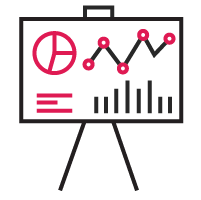 Donald Ng, the Lead Agile Coach heading up the engagement for Cprime, worked directly with the UK team and all the Cprime coaches working onsite and remotely to set up both synchronous and asynchronous opportunities for collaboration on a cadence that fit everyone’s schedules and supported steady progress.
Donald Ng, the Lead Agile Coach heading up the engagement for Cprime, worked directly with the UK team and all the Cprime coaches working onsite and remotely to set up both synchronous and asynchronous opportunities for collaboration on a cadence that fit everyone’s schedules and supported steady progress.  Another measurement tool introduced by the coaches is a Coaching Assessment that allows the team members to rate the value of the coaching they are receiving. The following comments from team members reflect their sentiments:
Another measurement tool introduced by the coaches is a Coaching Assessment that allows the team members to rate the value of the coaching they are receiving. The following comments from team members reflect their sentiments:
 Because of the size of its workforce and complex portfolio of products and services, the network and communications provider faced a set of challenges typical of many established enterprises. Decades of growth and incremental process changes had created a disconnect between its leadership, departments, and teams.
Because of the size of its workforce and complex portfolio of products and services, the network and communications provider faced a set of challenges typical of many established enterprises. Decades of growth and incremental process changes had created a disconnect between its leadership, departments, and teams.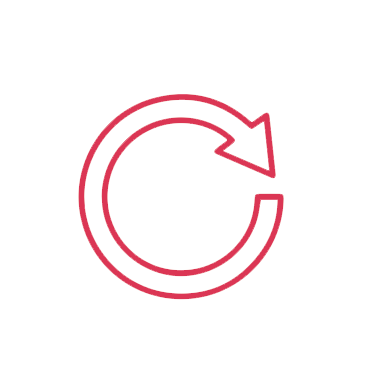 The network communications provider turned to Cprime to enable the multi-faceted transformation. It was a decision driven by over a decade of experience working with Cprime as a partner for change within the organization.
The network communications provider turned to Cprime to enable the multi-faceted transformation. It was a decision driven by over a decade of experience working with Cprime as a partner for change within the organization. By overseeing both the migration and the agile transformation, Cprime was in an ideal position to ensure the networking communications provider’s new Jira Cloud infrastructure aligned with its goals and the updated development framework. The combined results have given the company an unprecedented view into its workflows and allowed them to make new strategic connections.
By overseeing both the migration and the agile transformation, Cprime was in an ideal position to ensure the networking communications provider’s new Jira Cloud infrastructure aligned with its goals and the updated development framework. The combined results have given the company an unprecedented view into its workflows and allowed them to make new strategic connections.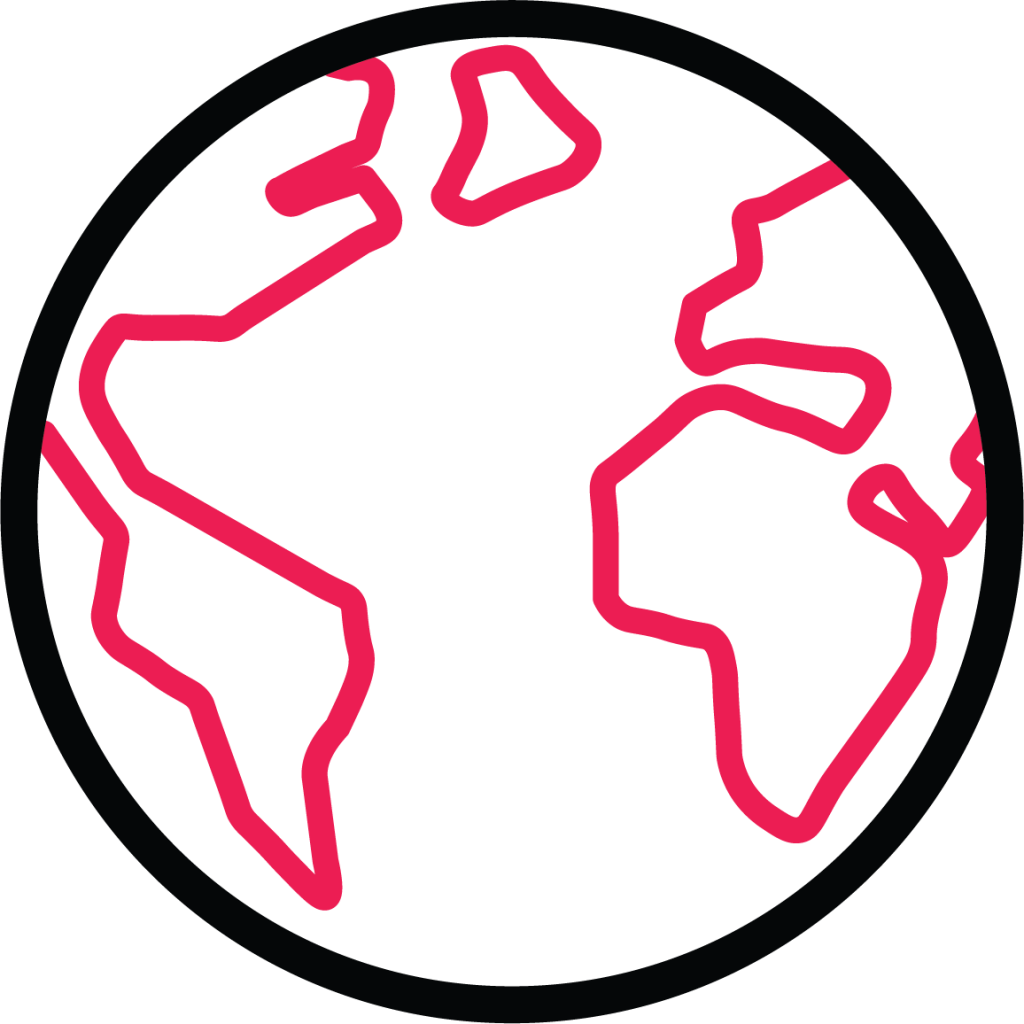 In response to a growing global shortage of technical talent and high attrition rates, this client looked inward to address some of its technical staffing needs.
In response to a growing global shortage of technical talent and high attrition rates, this client looked inward to address some of its technical staffing needs. Each of the iterations involved further defining the course design and objectives, selecting and refining course content, and creating assessment criteria to determine successful learning outcomes. A multi-disciplined Cprime team of nine people provided input to ensure the courses reflected the most up-to-date industry best practices. Leadership and subject experts from the device manufacturer’s internal talent development team provided regular input to maintain alignment between Cprime’s output and the company’s culture and ways of working.
Each of the iterations involved further defining the course design and objectives, selecting and refining course content, and creating assessment criteria to determine successful learning outcomes. A multi-disciplined Cprime team of nine people provided input to ensure the courses reflected the most up-to-date industry best practices. Leadership and subject experts from the device manufacturer’s internal talent development team provided regular input to maintain alignment between Cprime’s output and the company’s culture and ways of working.
 After achieving consensus with the company’s management and DevOps teams, the Cprime team tailored the new GitLab instance to work specifically within the customer’s Microsoft Azure environment and security context.
After achieving consensus with the company’s management and DevOps teams, the Cprime team tailored the new GitLab instance to work specifically within the customer’s Microsoft Azure environment and security context.



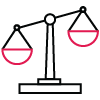 The manufacturer’s key issue was maintaining consistency and functionality across a vast number of corporate and international websites. Each of the company’s over 30 brands operated multiple semi-autonomous regional websites, each with localized content and requirements. Everything from brand messaging to site performance, content delivery, payment collection, and product fulfillment across the sites was difficult to maintain, inconsistent, and underperforming.
The manufacturer’s key issue was maintaining consistency and functionality across a vast number of corporate and international websites. Each of the company’s over 30 brands operated multiple semi-autonomous regional websites, each with localized content and requirements. Everything from brand messaging to site performance, content delivery, payment collection, and product fulfillment across the sites was difficult to maintain, inconsistent, and underperforming. Aware of the changes required and the complexity of all its moving parts around the globe, the manufacturer’s ecommerce arm reached out to Cprime. The request for help was based on the two companies’ successes working together on a previous transformation.
Aware of the changes required and the complexity of all its moving parts around the globe, the manufacturer’s ecommerce arm reached out to Cprime. The request for help was based on the two companies’ successes working together on a previous transformation.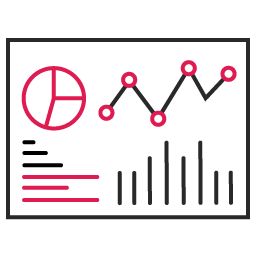 Over the course of the engagement, the manufacturer’s ecommerce section went from almost no structured quarterly planning to running regular release trains and regional program increment (PI) planning sessions.
Over the course of the engagement, the manufacturer’s ecommerce section went from almost no structured quarterly planning to running regular release trains and regional program increment (PI) planning sessions.
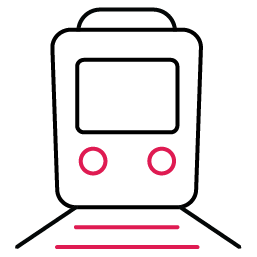 “Although I am an RTE,” Ryan says, “running the Agile Release Train (ART) wasn’t my first task. I needed to thoroughly understand where the teams were in terms of Agile maturity and workflow so I could give the ART the best chance at success.”
“Although I am an RTE,” Ryan says, “running the Agile Release Train (ART) wasn’t my first task. I needed to thoroughly understand where the teams were in terms of Agile maturity and workflow so I could give the ART the best chance at success.” Another objective Ryan and the team focused on, both before and after the enhanced Q2 PI planning event, was formalizing the teams’ use of the SAFe framework to better support their scaled Agile practice as an ART. This was another byproduct of ongoing training and slow-but-steady adjustments to existing roles and processes to better align with best practices that have proved successful in thousands of previous engagements.
Another objective Ryan and the team focused on, both before and after the enhanced Q2 PI planning event, was formalizing the teams’ use of the SAFe framework to better support their scaled Agile practice as an ART. This was another byproduct of ongoing training and slow-but-steady adjustments to existing roles and processes to better align with best practices that have proved successful in thousands of previous engagements.